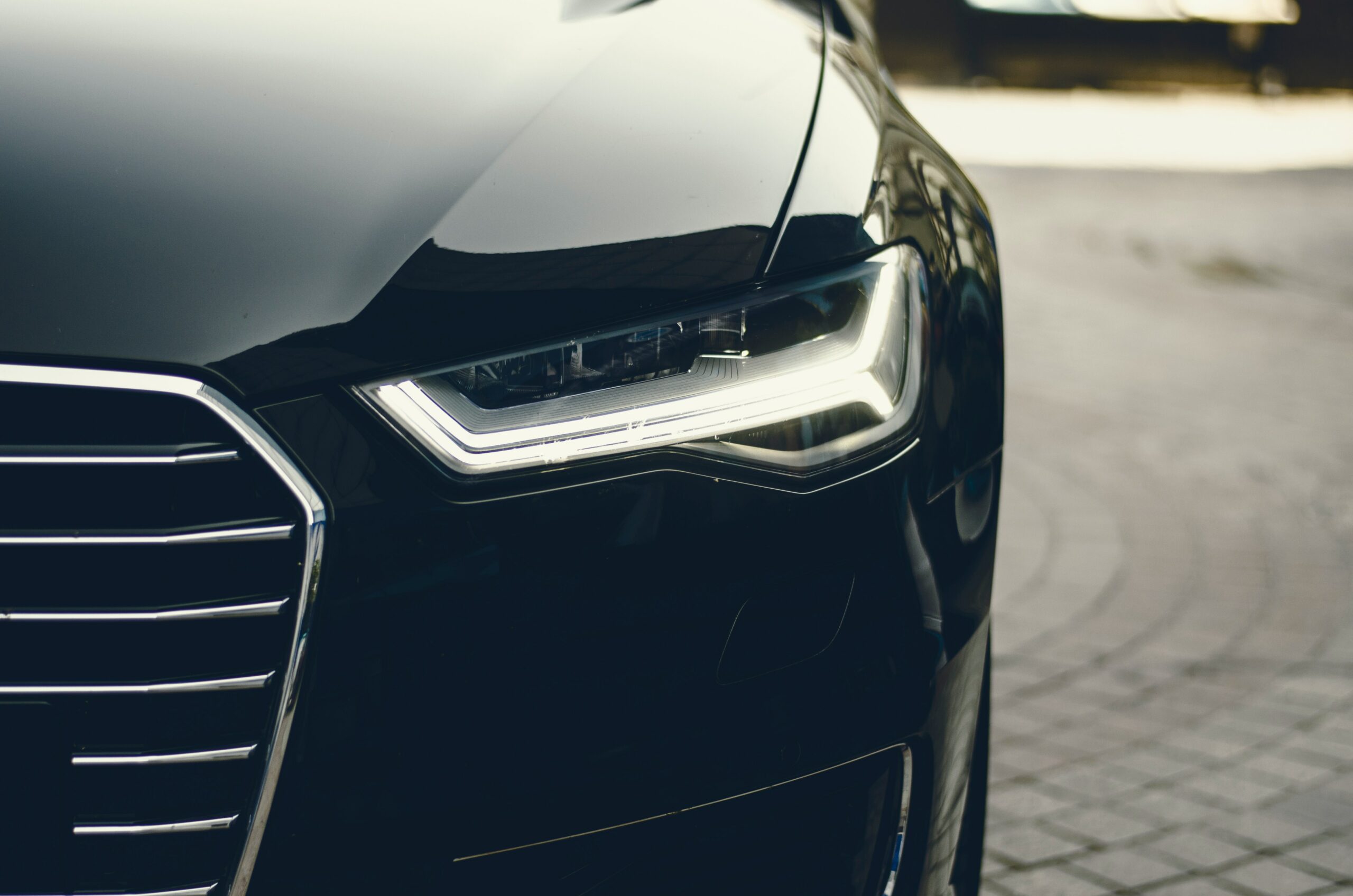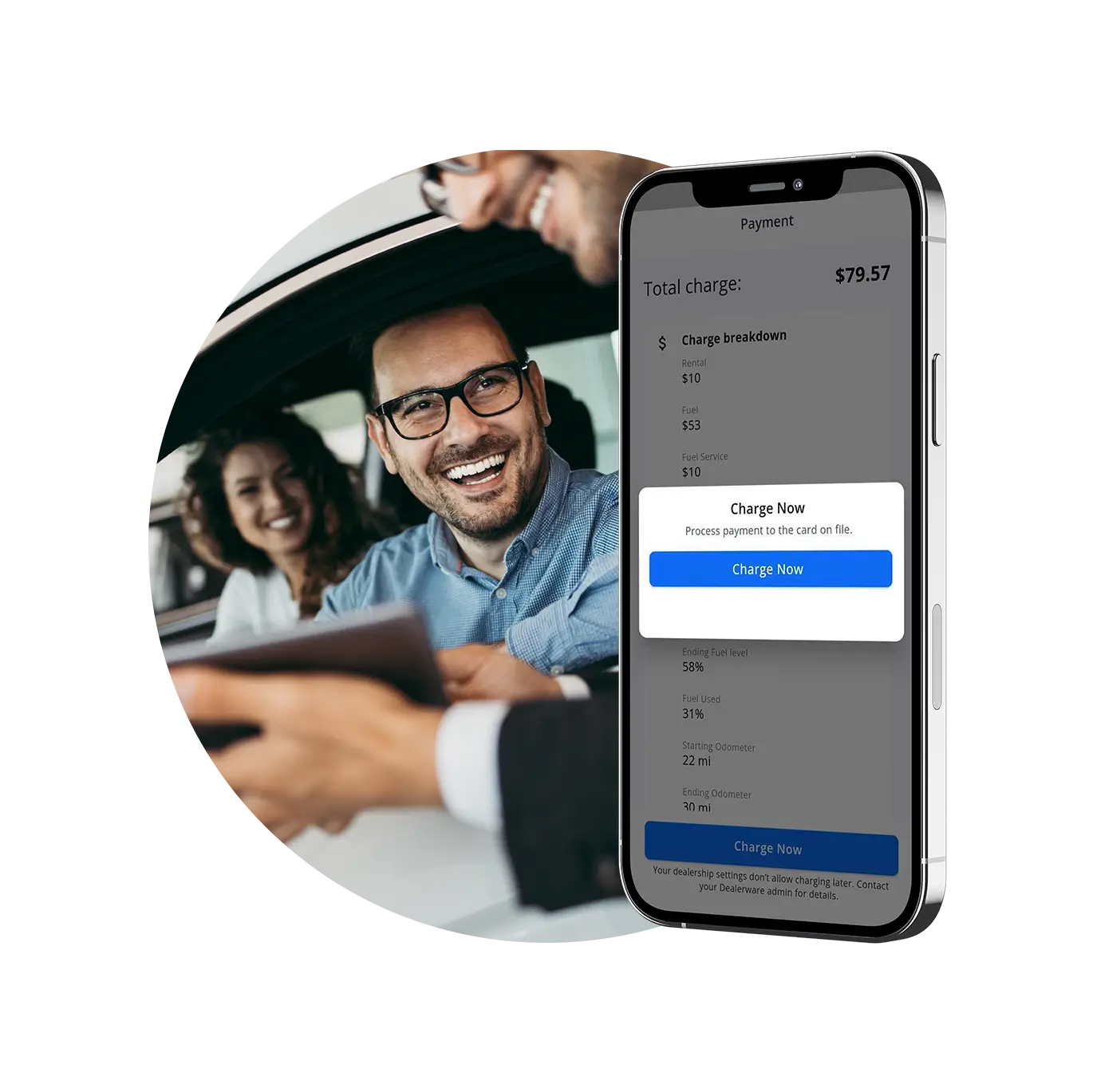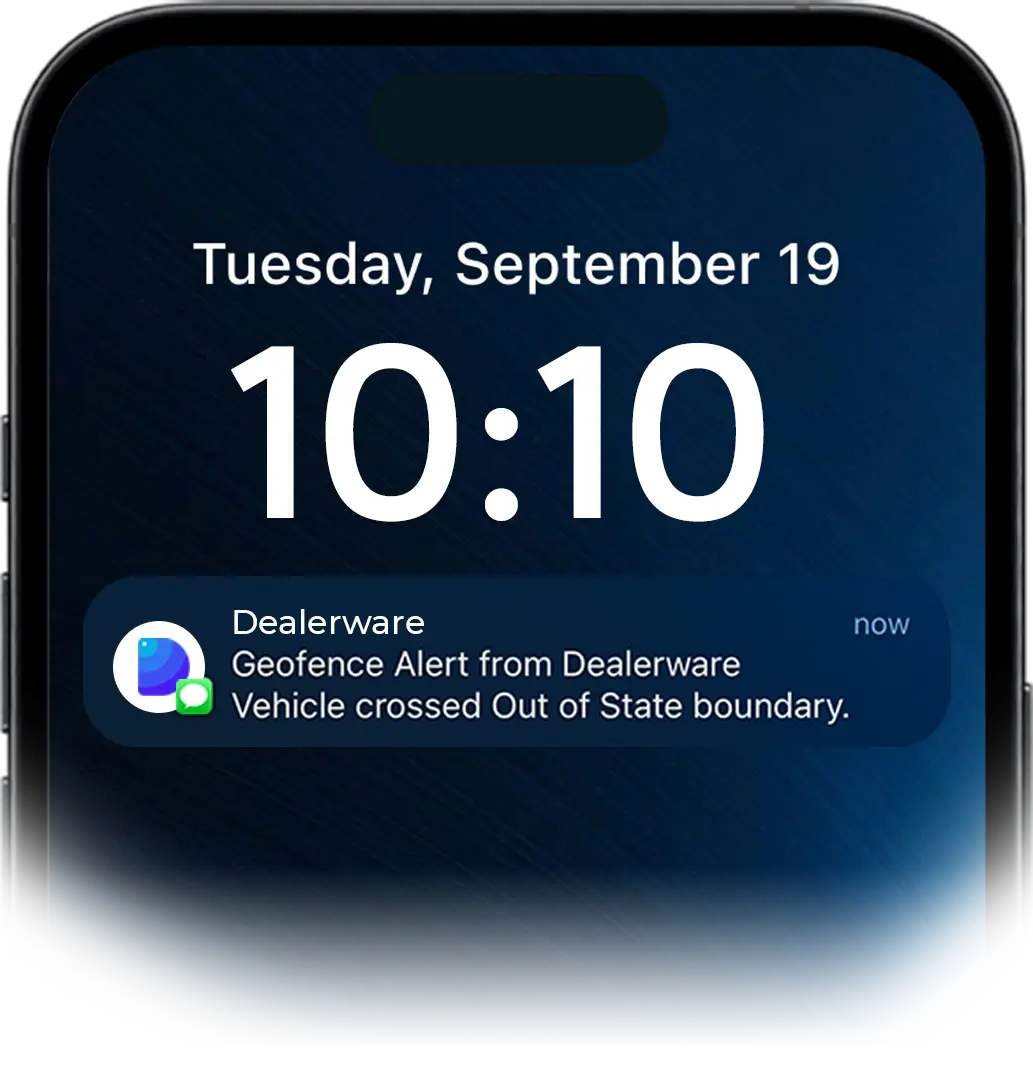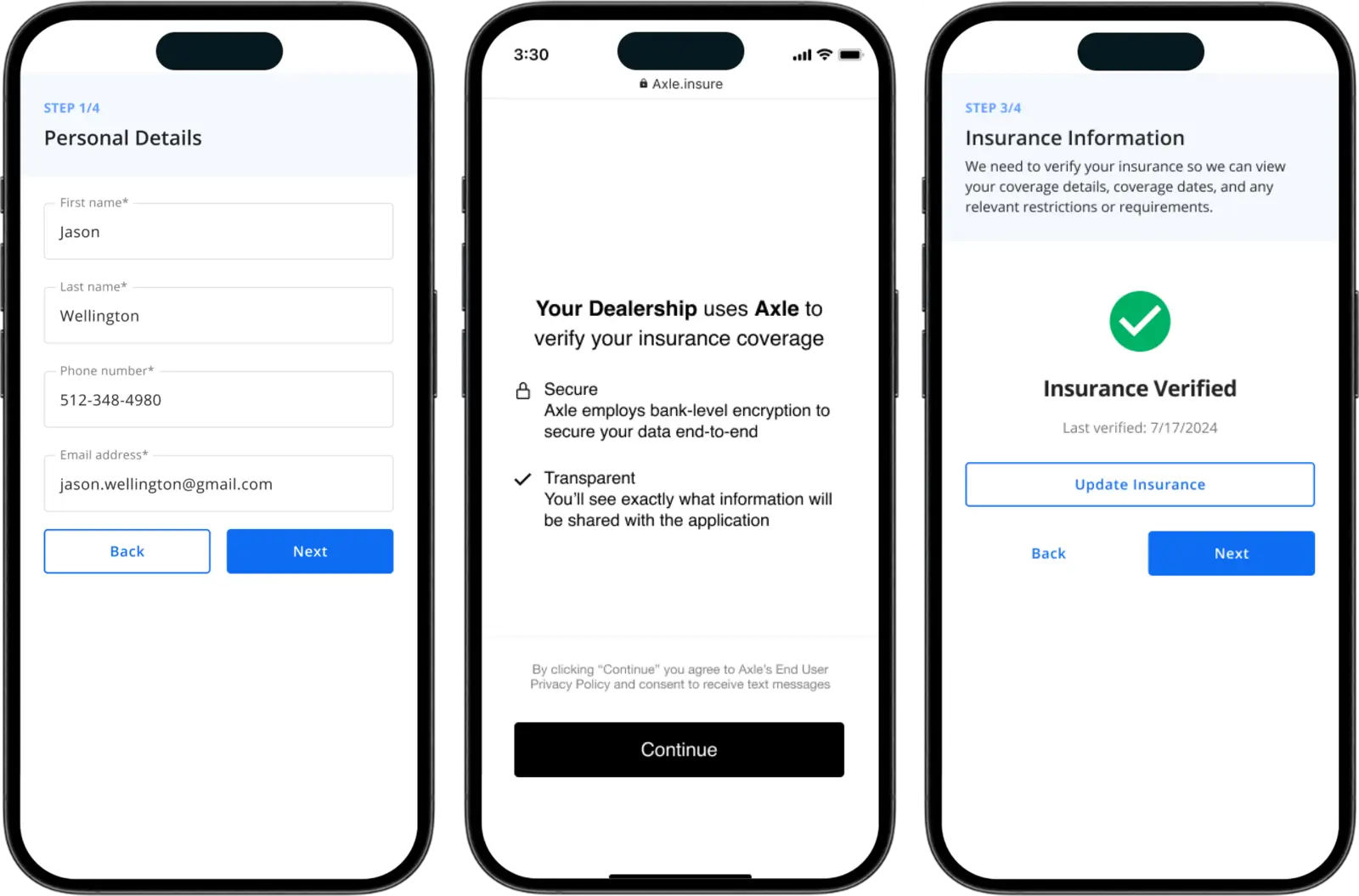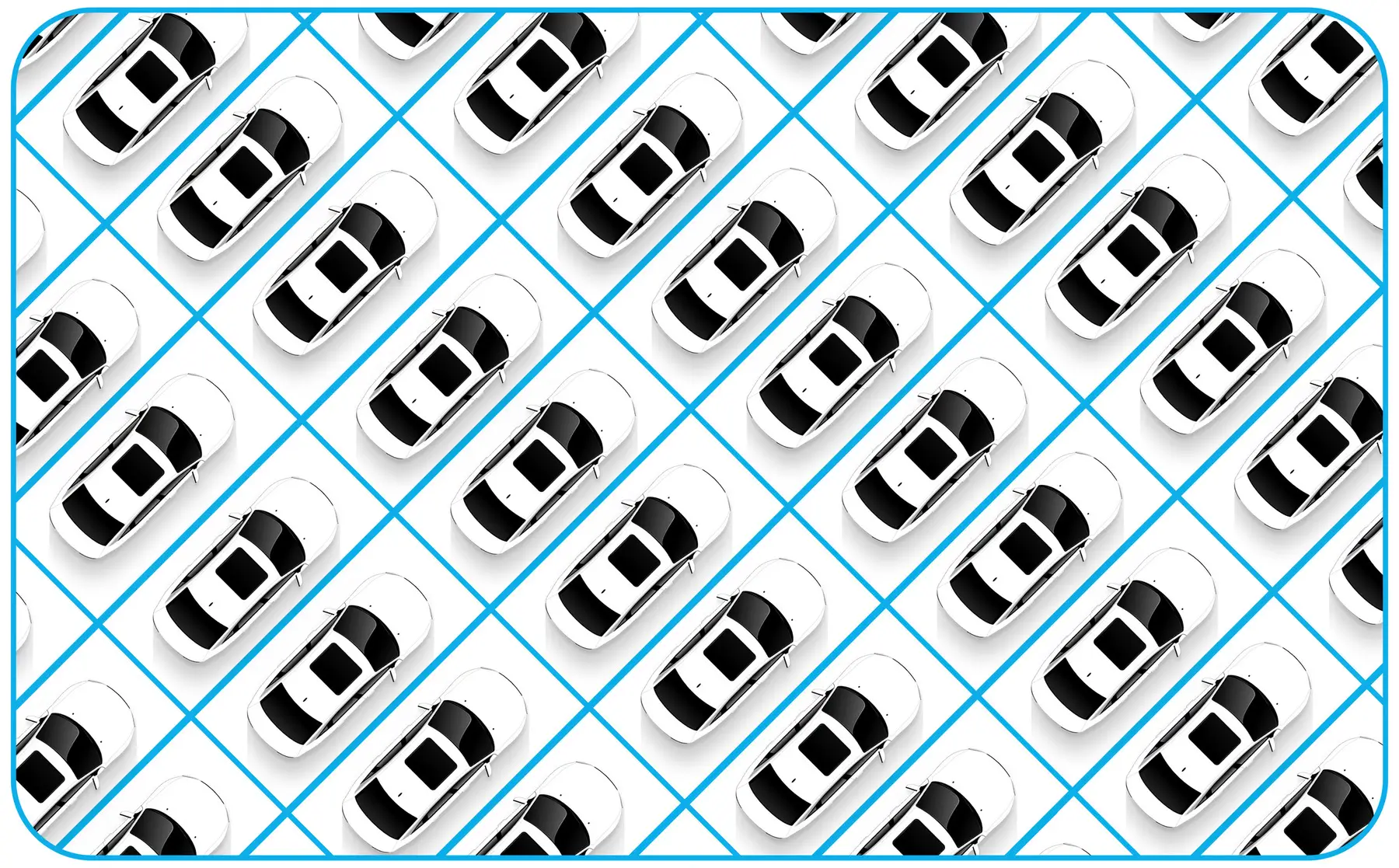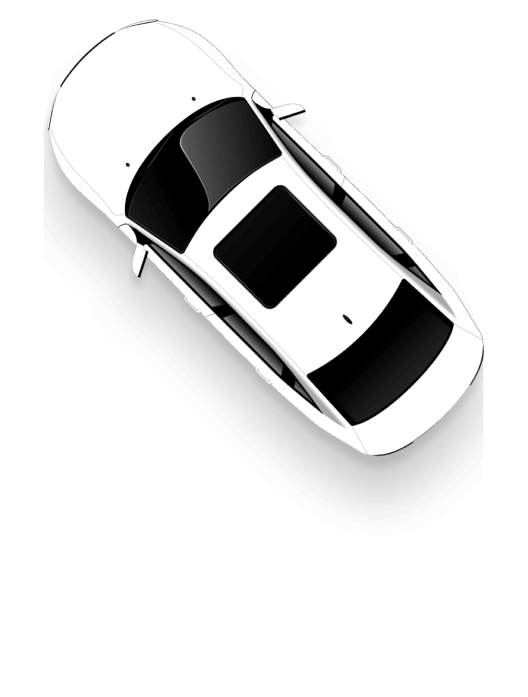Long gone are the days when new technology shocks us. Color-changing cars? Of course, that’s a thing now.
Even as automotive tech companies make advancements beyond what we once considered possible, our expectations seem to be steps ahead of the technology that’s available to us. While we don’t yet have flying cars, automotive technology continues to advance every year bringing new and exciting possibilities, but also some necessary adjustments.
In your dealership’s efforts to provide a premium customer experience, the change emerging technology creates must be anticipated. Let’s take a look at some of the new automotive technology on the horizon and how it could impact fixed operations at your dealership.
Under the hood
Internal combustion engines are expected to be a thing of the past and electric motors the new normal. While this new reality is not yet imminent, automakers are making major strides in that direction. According to Forbes Wheels, “two of the world’s largest automakers say they see nothing but electric cars and trucks in their future, Volkswagen by 2030 and Toyota by 2040.”
Pickup trucks, the most sold vehicle in the country according to Car And Driver, are set to become big players in the game. Several established pickup automakers, as well as EV startups, have electric pickup trucks launching in the next couple of years.
The release date for the highly anticipated Tesla Cybertruck continues to be pushed back, but Ford, the largest seller of pickups, is set to launch the F-150 Lightning this year. The Rivian R1T and the Hummer EV, two other electric pickup trucks, can already be seen on roads and highways today.
The growing popularity of modern motors in the traditional and popular pickup increases the number of electric vehicles that will be coming through dealership service lanes in the near future. It’s no longer a matter of opinion— EVs are taking over. What does this mean for fixed operations at dealerships?
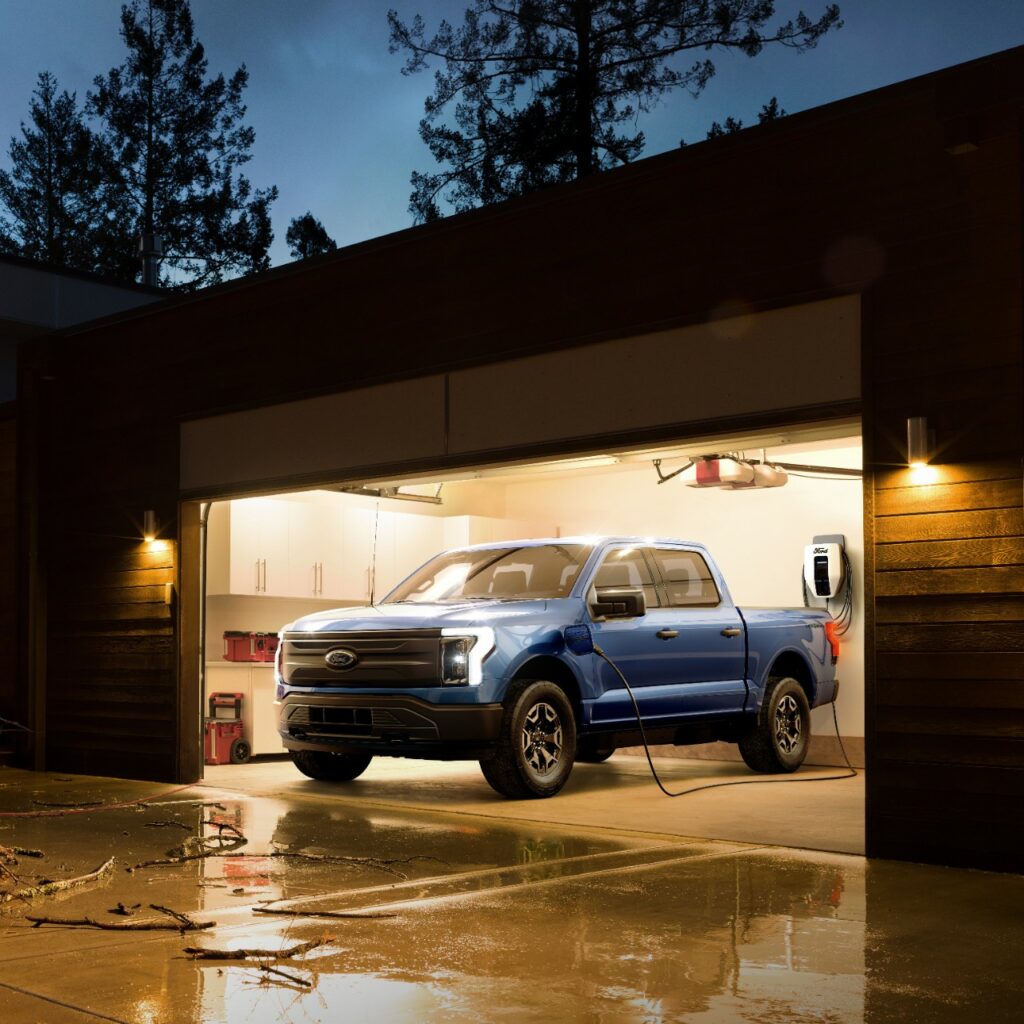
EV service and maintenance is more complex and expensive than traditional ICE vehicles, and according to the J.D. Power 2021 Electric Vehicle Experience Ownership Study, “today, battery-electric vehicle owners are less satisfied with service and less frequently take their EVs to a service facility.”
“Not only are their vehicles more difficult to service than traditional internal-combustion-engine vehicles, but also the lower frequency of visits means dealers have fewer chances to make a positive impression on these customers,” says Chris Sutton, J.D. Power’s vice president of automotive retail.
However, an assessment by McKinsey & Company reports that, “each maintenance visit may necessitate more billable service hours and generate increased revenue per hour”. EV’s may also introduce new service offerings such as EV loaners and paid rentals.
All things considered, each customer interaction continues to be more important than ever. Investing in EV auto technician training and EV repair and maintenance equipment is necessary, but great customer service is always crucial. Communication, transparency, and building trust with your customers as dealers and drivers enter the EV era remain fundamental in retaining customers.
Inside the cabin
Various technologies come together to create an efficient, convenient, and personal customer driving experience. It all comes to life in the car cabin.
An integral part of creating this experience is intuitive in-vehicle assistance software connected to the information within your car, “which is sensor data, your personal data, your life that you’re bringing into the car from the phone, environmental data and also the road-condition data,” said CTO of Cerence, Prateek Kathpal, at CES in January, as reported by Automotive News.
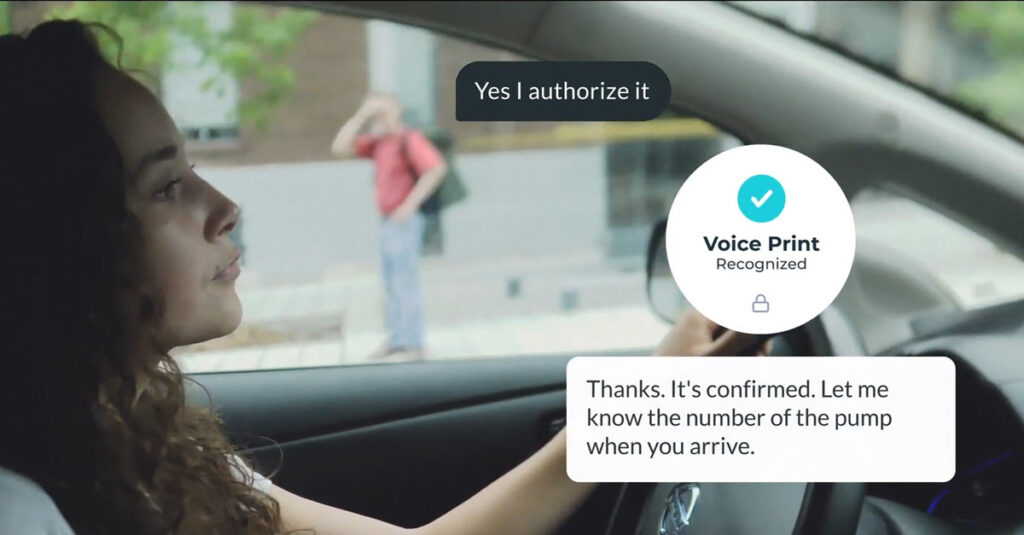
Cercence’s Co-Pilot is an in-car voice assistant, powered by AI and continuous learning to anticipate the needs of drivers and proactively initiate actions. The software is connected to every aspect of the driver’s life, in and outside of the vehicle.
This new technology can inform a driver of severe weather conditions and then suggest the vehicle be changed to the appropriate driving mode. A driver can use their voice to order coffee or pizza from their favorite spots and authorize payments for in-car purchases. As a driver approaches their home their vehicle can initiate smart home evening routines.
Most importantly for fixed operations at dealerships, with this new software, vehicles can inform a driver of maintenance issues and even schedule a trip for them to visit the shop. Dealers may use this to maintain customer relationships and bring EV customers back in more frequently by providing maintenance alerts for tires, brakes, suspensions, alignments, electrical systems, and other services.
Color Changing Cars
Another hot topic at CES in January was BMW’s iX Flow technology. BMW revealed an experimental car, “wrapped in what is basically a form of e-paper, which BMW developed in cooperation with E Ink,” reports TechCrunch. As of now, color changes include varying shades of white, black, and gray.
It can be entertaining to think of the future possibilities this new technology could bring about. At the push of a button, a driver can change the color of their vehicle based on their personal preference for the day, or the hour.
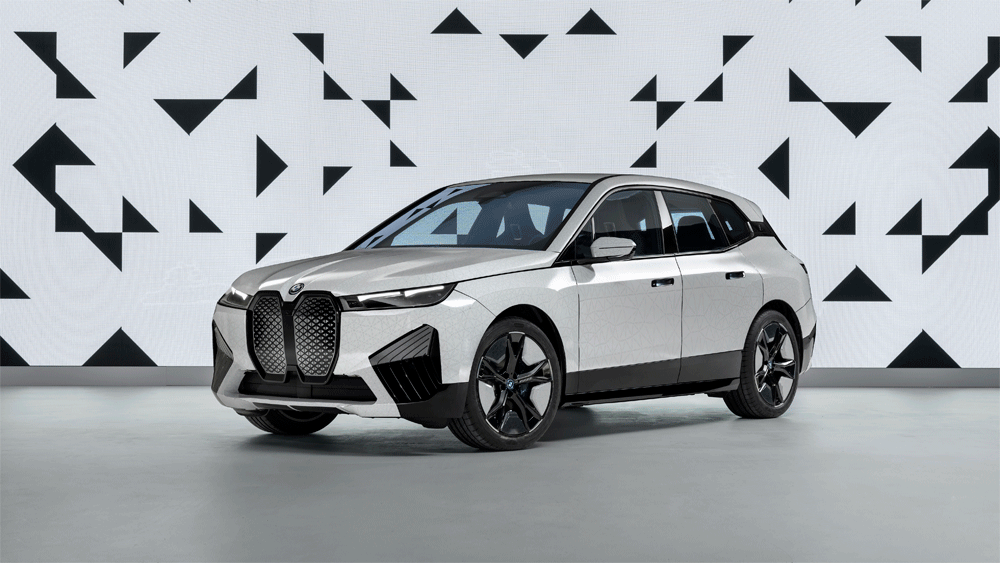
A more functional use case would be a driver switching to a lighter exterior on a hot summer day to reflect heat. This would help the driver’s electric pickup truck go the extra mile– in this EV-only color-changing future we are approaching.
We can also get creative on the ways this technology can take fixed ops into the future. A loaner vehicle could be programmed to change colors based on the status of the vehicle. Vehicles that are available and ready for their next contract turn green. Vehicles with low batteries, or maintenance requirements turn a cautionary yellow, and those that need to be cleaned before their next contract turn brown.
Some of the new possibilities that emerging technologies may produce might seem speculative today, but being open to new ideas in an ever-changing world will help your dealership continue to meet customer expectations and thrive in the change to come.



